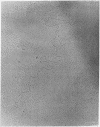Abstract
A cell-free system that promotes the excision of prophage lambda DNA has been established. The substrate for the reaction is phage DNA carrying two attachment sites, which, in vivo, undergoes intramolecular recombination between these sites. The in vitro recombination system is efficient; 25-35% of the substrate DNA undergoes recombination in 30 min. There is an absolute requirement for ATP; Mg++ and spermidine are stimulatory. RNA does not appear to be involved, nor can a role for DNA synthesis be demonstrated.
Full text
PDF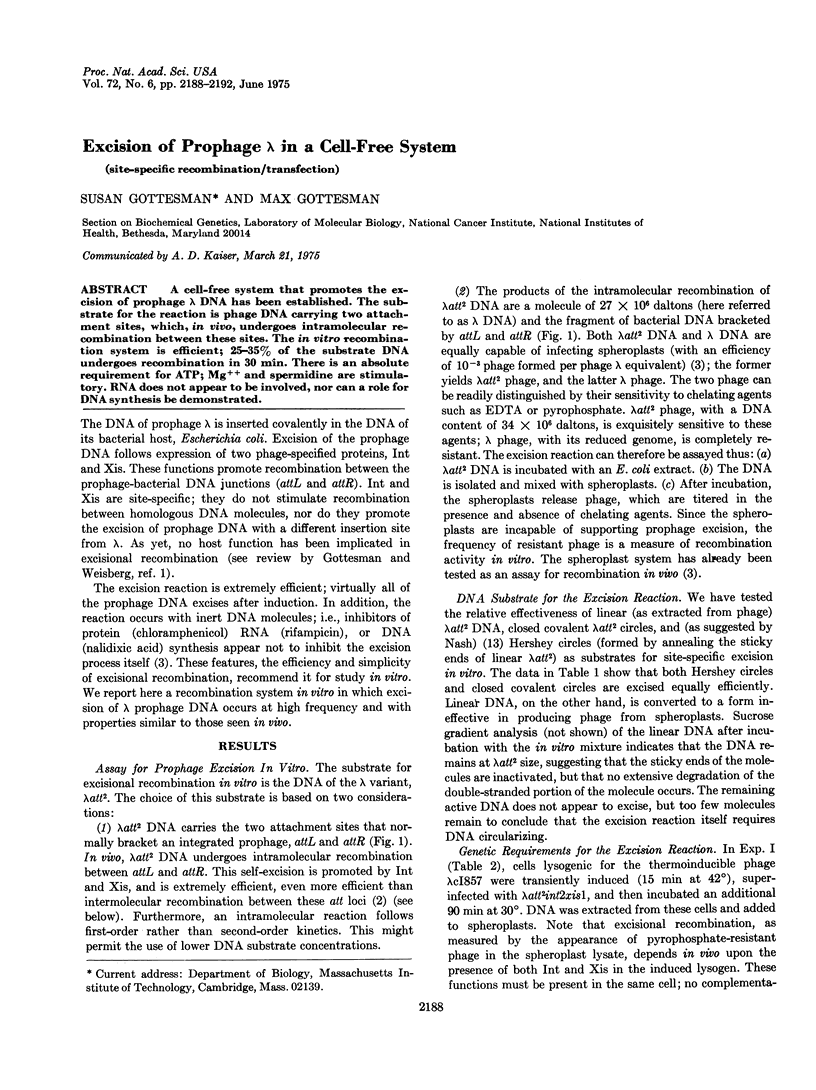
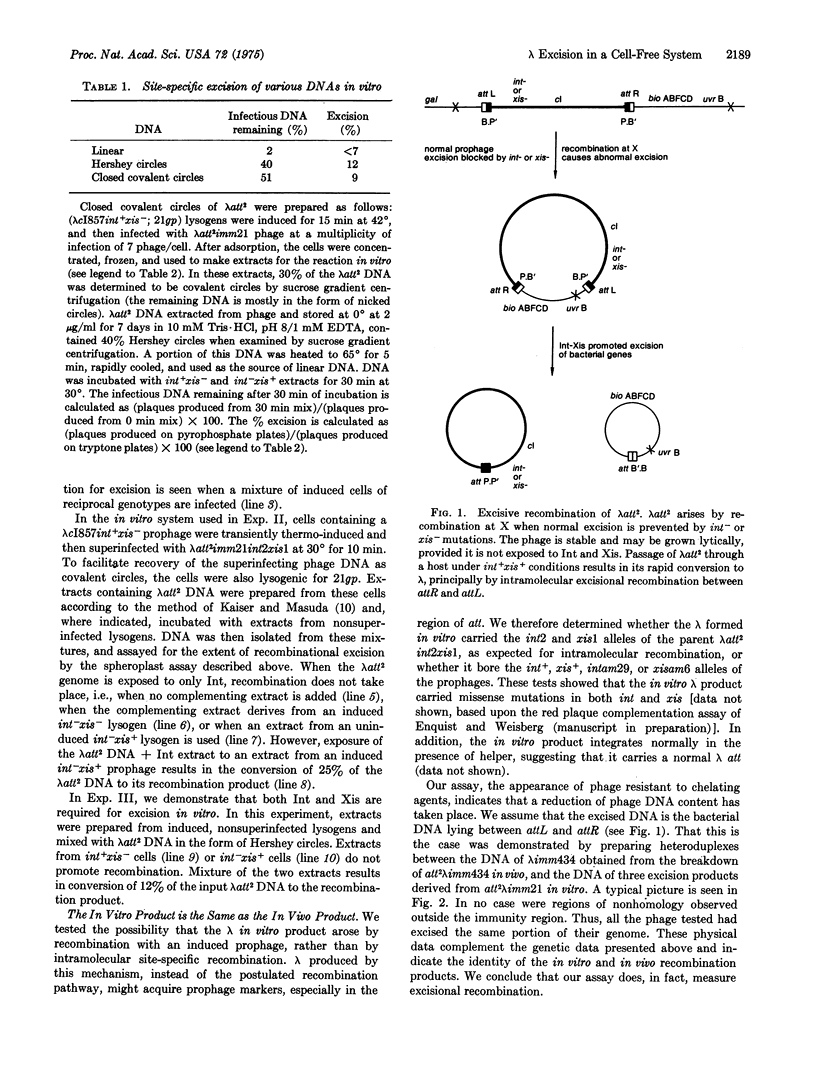
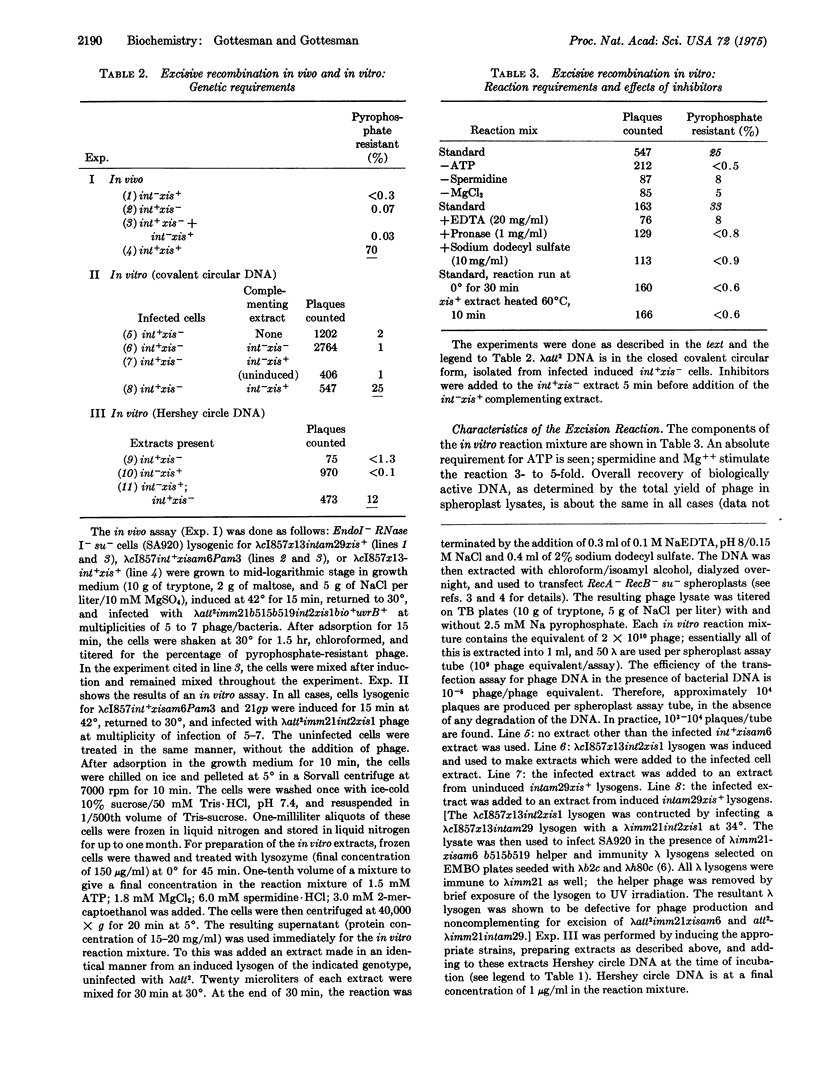
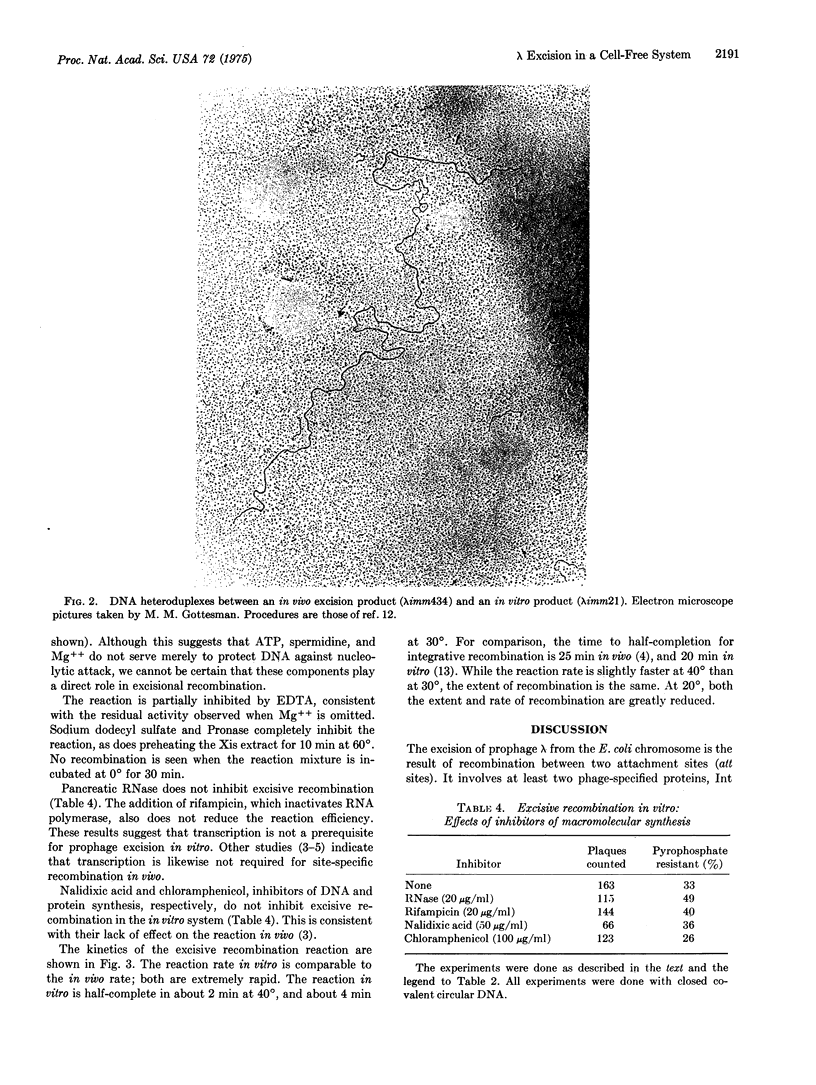

Images in this article
Selected References
These references are in PubMed. This may not be the complete list of references from this article.
- Davis R. W., Parkinson J. S. Deletion mutants of bacteriophage lambda. 3. Physical structure of att-phi. J Mol Biol. 1971 Mar 14;56(2):403–423. doi: 10.1016/0022-2836(71)90473-6. [DOI] [PubMed] [Google Scholar]
- Gottesman M. E., Yarmolinsky M. B. Integration-negative mutants of bacteriophage lambda. J Mol Biol. 1968 Feb 14;31(3):487–505. doi: 10.1016/0022-2836(68)90423-3. [DOI] [PubMed] [Google Scholar]
- Gottesman S., Gottesman M. E. Elements involved in site-specific recombination in bacteriophage lambda. J Mol Biol. 1975 Feb 5;91(4):489–499. doi: 10.1016/0022-2836(75)90275-2. [DOI] [PubMed] [Google Scholar]
- Hradecna Z., Szybalski W. Electron micrographic maps of deletions and substitutions in the genomes of transducing coliphages lambda dg and lambda bio. Virology. 1969 Jul;38(3):473–477. doi: 10.1016/0042-6822(69)90160-3. [DOI] [PubMed] [Google Scholar]
- Kaiser A. D., Masuda T. Evidence for a prophage excision gene in lambda. J Mol Biol. 1970 Feb 14;47(3):557–564. doi: 10.1016/0022-2836(70)90322-0. [DOI] [PubMed] [Google Scholar]
- Lehman J. F. Lambda site-specific recombination: local transcription and an inhibitor specified by the b2 region. Mol Gen Genet. 1974 Jun 27;130(4):333–344. doi: 10.1007/BF00333873. [DOI] [PubMed] [Google Scholar]
- Nash H. A. Integrative recombination in bacteriophage lambda: analysis of recombinant DNA. J Mol Biol. 1975 Feb 5;91(4):501–514. doi: 10.1016/0022-2836(75)90276-4. [DOI] [PubMed] [Google Scholar]
- Nash H. A. Integrative recombination of bacteriophage lambda DNA in vitro. Proc Natl Acad Sci U S A. 1975 Mar;72(3):1072–1076. doi: 10.1073/pnas.72.3.1072. [DOI] [PMC free article] [PubMed] [Google Scholar]
- Syvanen M. In vitro genetic recombination of bacteriophage lambda. Proc Natl Acad Sci U S A. 1974 Jun;71(6):2496–2499. doi: 10.1073/pnas.71.6.2496. [DOI] [PMC free article] [PubMed] [Google Scholar]
- Weil J., Signer E. R. Recombination in bacteriophage lambda. II. Site-specific recombination promoted by the integration system. J Mol Biol. 1968 Jul 14;34(2):273–279. doi: 10.1016/0022-2836(68)90252-0. [DOI] [PubMed] [Google Scholar]



